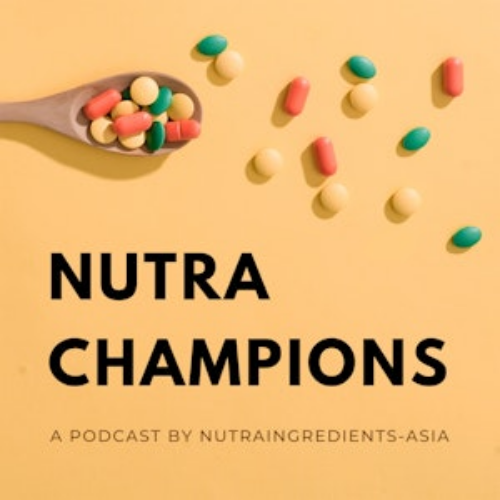Healthy Ageing APAC Summit 2018
'More than mincing food': The rationale behind Japan's ground-breaking 'engay' products for dysphagia patients
This content item was originally published on www.foodnavigator-asia.com, a William Reed online publication.
Striking a balance between cohesiveness and stickiness of food is a key point to take note of when making “engay” food, said Naomi Suzuki, pharmacist from the International Business Division of Japanese firm Nutri Co.
All too often, people assumed that the production process of “engay” food was merely chopping or mincing food.
In fact, chopped and minced food could cause dysphagia patients to choke, said Suzuki.
This is because chopped food “tends to spread in the mouth”, and is “unlikely to form a foam”, causing food to stay in the oral or pharynx, she explained.
On the flip side, a high level of food cohesiveness would make the food too sticky, which again causes food residue to stick in the pharynx.
Suzuki shared the approaches in making “engay” food at the Healthy Ageing APAC Summit, an event organised by FoodNavigator-Asia and NutraIngredients-Asia.
In a video showed, she shared how a piece of salmon can be made into "engay" food by blending salmon, soup stock, and thickener powder together.
The mixture is then heated and poured onto a wrap to mould it into a piece of a salmon.
Nutri Co. started producing and selling thickener powders under the Softia brand, which consists of five different types of thickener powders for different food, including thickener for 1) liquid or puree food, 2) texture-modified food and 3) rice porridge jelly and starchy food.
The firm established their factory to enlarge production last year, and is the only firm to have their own factory to make thickeners, Suzuki said.
The products are on sale in Korea, China, and Taiwan currently. Nutri Co. plans to expand their businesses into ASEAN.
The number of dysphagia patients over the age of 65 is steadily on the rise, hitting nearly 1.2 million in Japan last year. 10 years ago, there were 786,020 patients, which is 34% lower than last year.
To tackle the problem of dysphagia, the Japanese Society of Dysphagia Rehabilitation (JSDR) dysphagia committee had also introduced the Japanese Dysphagia diet in 2013, which ranks food according to their texture types.
Who are at risk?
Dysphagia happens when an individual is “unable to make a bolus and swallow the food within five seconds”, Suzuki said. This causes food to travel to the trachea instead of the oesophagus.
Due to difficulty swallowing, patients may suffer from poor appetite, lowered nutrition intake and dehydration and a higher risk of choking.
Elderly people in need of care, stroke patients and individuals suffering from intractable neurological diseases, head and neck cancer and multiple disabilities are at risk of dysphagia.










